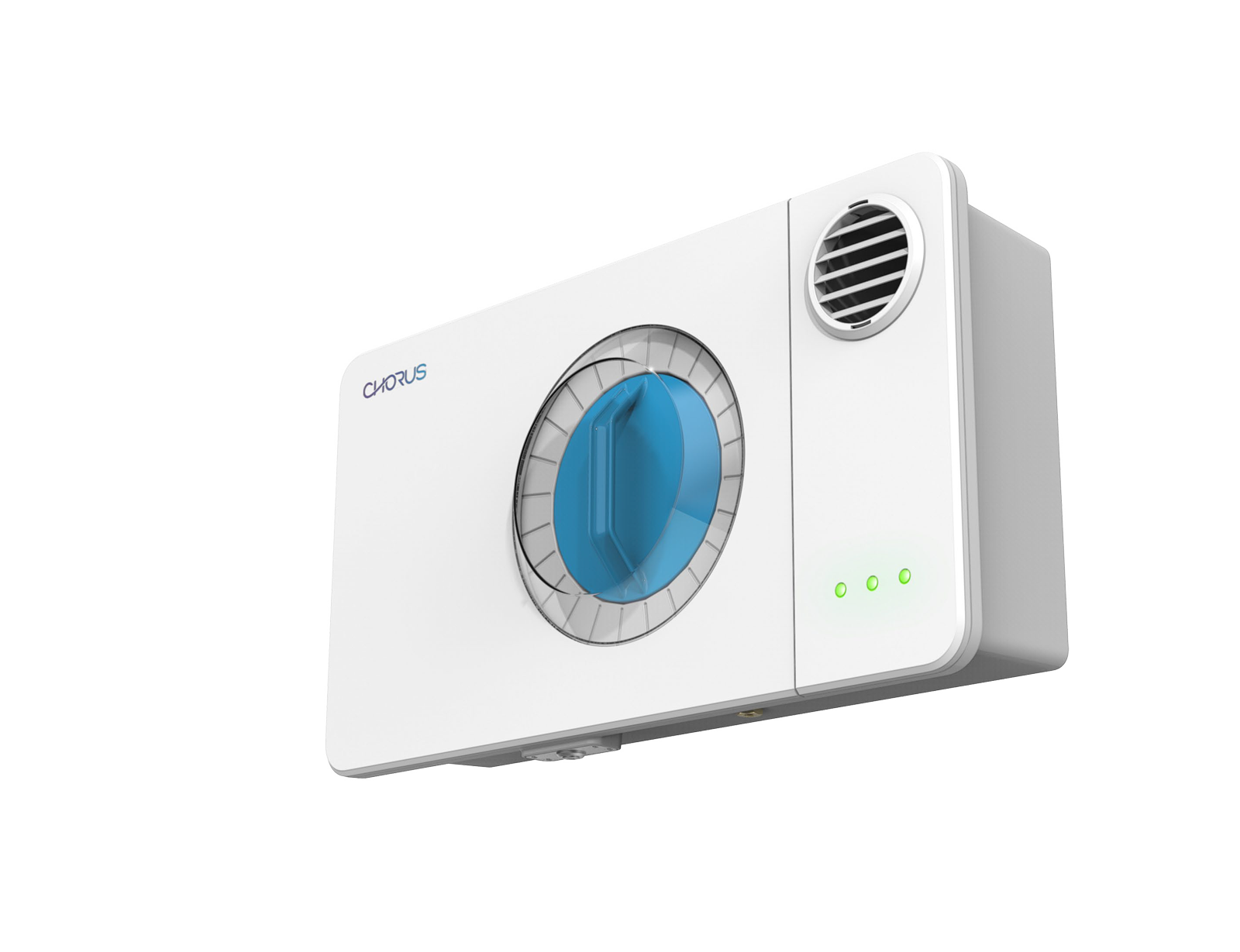Can Chlorine Dioxide Keep Pathogens Under Control?
As the cannabis industry grows, new opportunities for cultivators proliferate. Despite the increase in demand, the cannabis cultivation industry still faces challenges. Over the years, cannabis cultivators have seen a rise in pathogens affecting their crops.
The Growing Importance of Pathogen Control in Cannabis Cultivation
Recent widespread outbreaks of plant pathogens in cannabis cultivation facilities have decimated crops across the country, demonstrating just how disruptive pathogens can be to individual cultivator profits and the cannabis industry as a whole.
Seedlings and clones can spread these pathogens and diseases, but cannabis pathogens remain a threat throughout the entire cultivation cycle and can develop at any time from pre-planting to post-harvest. As demand for cannabis products continues to grow and the industry becomes more interconnected, the threat of pathogens will only become more pronounced.
With these factors in mind, more and more cannabis cultivators are coming to acknowledge that pathogen control should be one of their top priorities.
Powdery Mildew, Botrytis, and Aspergillus: Understanding the Most Common Cannabis Pathogens
Just like any crop, cannabis plants are susceptible to a vast number of different diseases and pathogens. Indoor grows, especially, are vulnerable to pathogens due to the ambient growing conditions. Powdery mildew, botrytis, and aspergillus are three of the most common and potentially destructive pathogens that cannabis plants are prone to.
Powdery Mildew on Cannabis
Powdery mildew presents precisely as it sounds: it typically appears as a fine powder on the fan leaves and stalks of cannabis plants.
Though powdery mildew on cannabis typically doesn’t kill the plants, it can
significantly decrease the yield and overall quality of the flower that infected plants produce. Powdery mildew spores can also cause cannabis products to fail mold testing and, therefore, cannot be sold.
The most significant problems with powdery mildew are how common it is, how easily it spreads in unprotected grow rooms, and how difficult it is to control using conventional methods. Managing mildew on cannabis requires pathogen control methods using protocols like chlorine dioxide disinfection.
Botrytis in Cannabis Cultivation
Botrytis is also known as bud rot or gray mold. As the colloquial name implies, it primarily affects the inflorescences, or flowers, of cannabis plants. It can also kill seedlings outright and cause mature plants to drop leaves.
Bud rot is a significant threat to cannabis cultivators as it can cause the rapid loss of an entire crop. Worse, it often strikes during flowering, just weeks before harvest. Learning how to prevent bud rot is critical to minimize the damage this pathogen can cause.
Aspergillus on Cannabis Plants
Aspergillus is a widespread genus of mold found in many environments. Most types of aspergillus are harmless, but some can have profound negative health impacts. These harms are compounded when aspergillus is inhaled — or smoked — and most strongly affect people with compromised immune systems.
Because of the potential harm to both consumers and those who work in cultivation centers, aspergillus is one of the most crucial cannabis pathogens to control.
Current Approaches to Pathogen Control: Evaluating the Pros and Cons
Cannabis cultivators have developed several techniques to attempt to control pathogens during the growing cycle and after harvest.
- Managing Growing Conditions: Controlling temperature, humidity, and airflow can help create a less hospitable environment for some pathogens. However, many pathogens thrive in the same environment that cannabis plants prefer, so this approach can only do so much.
- Maintaining Proper Sanitation Procedures: Ensuring clean practices during the growing process, like entry/exit procedures for workers and regular sanitization of tools and equipment, can help reduce the spread of certain pathogens. However, many plant pathogens also spread through the air.
- Treatment With Microbial Products During the Growth Cycle: Treating plants, water, and soil with antimicrobial and antifungal chemicals introduces high levels of chemicals, is sometimes ineffective, and often affects the taste and terpene profile of finished products.
- Post-Harvest Remediation: Many cultivators choose to remediate their flower after harvest as a matter of course to minimize the mold and pathogens present in finished products. However, this shouldn’t be considered a go-to solution; methods like irradiation, heat exposure, and chemical treatments often harm the terpene profiles, cannabinoid levels, and consumer-reported taste and effects of cannabis products.
Chlorine Dioxide: A Proven Antimicrobial Agent Used in Various Industries
It’s clear that cannabis cultivators need a new, more effective, and less disruptive method to control pathogens.
Chlorine dioxide (CIO2) provides a solution.
The same chemical that helps keep drinking water clean and potable has demonstrated safety in various applications, from
surface cleaning to
equipment sanitization. Cannabis cultivators have trusted chlorine dioxide, or CIO2, in their grow rooms for years, but the actual application of these chemicals has always been imprecise and extremely expensive.
The Science Behind Chlorine Dioxide: How it Works to Neutralize Pathogens
Chlorine dioxide kills various pathogens, including those most common in agricultural and cultivation settings. It works via oxidation, penetrating the cell walls of pathogen-causing microbes and neutralizing them.
CIO2 is a tiny molecule that, in a gaseous state, evenly fills its environment. These properties enable it to penetrate every crevice of grow rooms for exceptionally thorough sanitization. Because of its small molecule size and even distribution, CIO2 is also effective at much lower concentrations than other airborne sanitization compounds.
Chlorine dioxide is an exceptionally gentle, non-corrosive disinfectant effective against many pathogens, diseases, and microbes. Additionally, unlike other fungicidal and antimicrobial chemicals, crop-killing pathogens and diseases cannot build up a tolerance to chlorine dioxide, making it an ideal choice for cannabis cultivation.
Learn more about how Chorus is applying a smarter approach to chlorine dioxide for cannabis cultivation by
clicking here.



